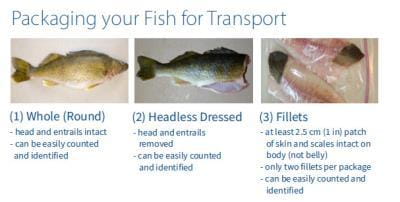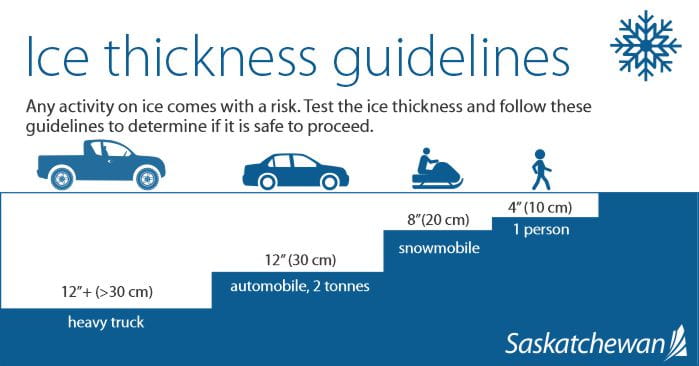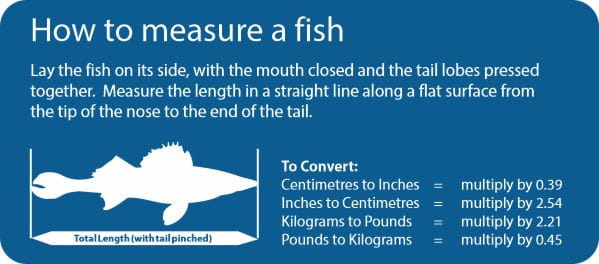Ethical anglers learn to fish responsibly because they consider the rights of others and the need to protect and conserve our natural heritage.
Ethical anglers:
- Know and obey fishing regulations, which serve to protect the resource and spread the harvest among all anglers;
- Understand the need for a personal code of unwritten laws since laws cannot cover all situations;
- Know that fish are a valuable resource and do not waste them;
- Learn techniques to handle fish to ensure their survival, if released;
- Owners permission is required to fish any private waterbody stocked with fish or where fish are being raised under an aquaculture licence;
- Appreciate the environment and keep it clean, leaving fishing sites in good condition;
- Protect all waters from the threat of aquatic invasive species by practicing Clean, Drain, Dry on all watercraft and related equipment when moving between waters; and
- Ensure good fishing for future generations by limiting their overall catch.
Limiting your Overall Catch
When large numbers of fish are caught and released, you should consider voluntarily limiting your overall catch. When practicing catch-and-release techniques, you can kill in excess of your daily limit. A fish may appear healthy or swim away upon release; however, delayed mortality may occur due to physiological stress or injury. To estimate delayed mortality, count one fish killed for every 10 fish released. This mortality, combined with the number of fish kept, will provide an estimate of total fish kill. When your total fish kill equals the daily limit for a particular species, you should consider stopping fishing or directing your attention to another species.
Be conservation wise and know when to limit your overall catch!
Fishing Access
Most Saskatchewan angling waters are open to the public; however, access may be restricted in some cases, including:
- A fishing licence does not entitle you to fish on private property without the owner's permission. Doing so would constitute trespassing.
- The owner's permission is required to fish any privately stocked waters or where fish are being raised under a fish farming licence.
- Permission from the First Nation Chief or Band Council is required to fish on First Nations reserve lands.




